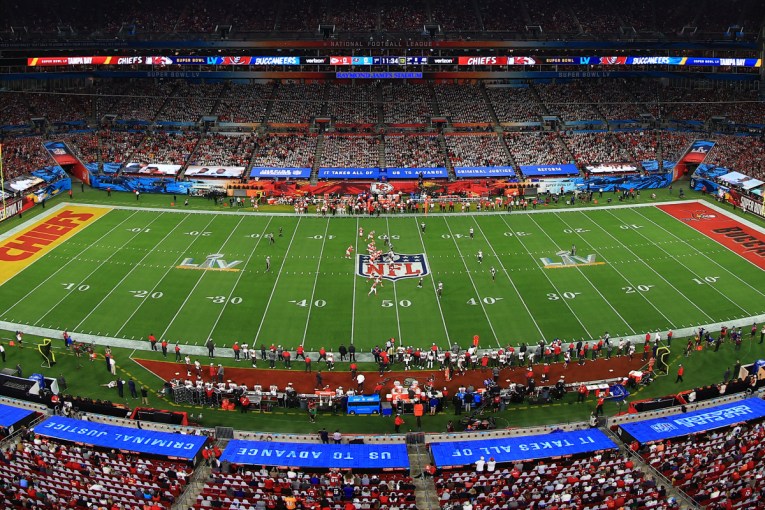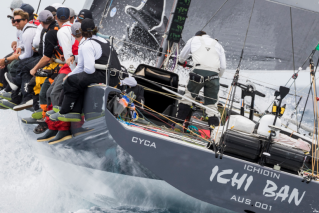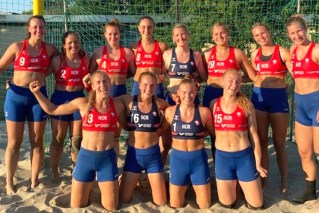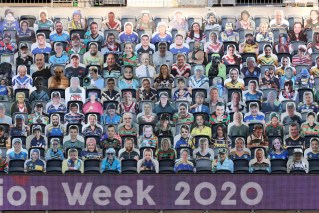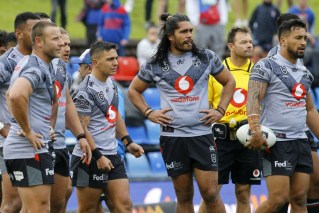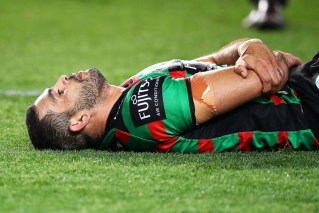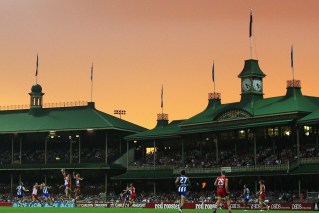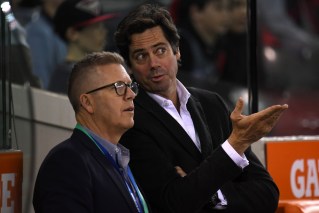Our greatest sporting captains: No. 3, Harry Hopman
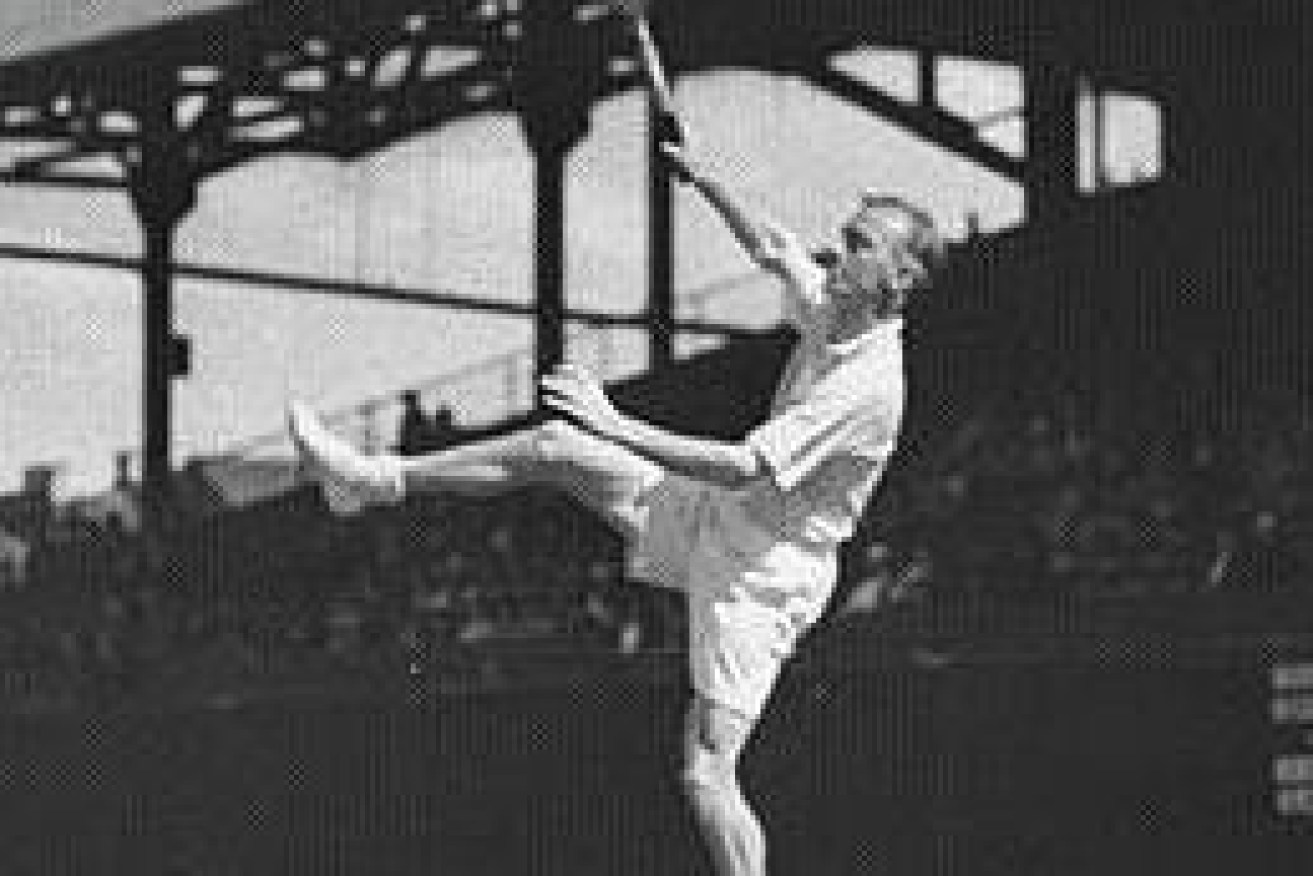
Harry Hopman was never in the business of making friends.
As Australia’s most enduring and successful Davis Cup captain – his teams won the Cup 16 times in his 19-year reign between 1938-69 – his mission was to identify “promising tennis players who were also fine young men” and transform them into champions who did their country proud.
A former champion player himself, he was a stickler for stroke perfection, for respecting the game and opponents and for displaying impeccable on-court manners regardless of pressure or provocation.
A Time journalist once described Hopman as “a hard-nosed disciplinarian who demands monastic devotion and impeccable manners from his players.” Woe betide any of his players who threw a racket in anger or disputed a umpire’s call. He presided over a golden age in Australian tennis.
Those who thrived on Hopman’s intense, some said merciless, coaching were such legends and good citizens as Rod Laver, Frank Sedgman, Lew Hoad, Ken Rosewall, Roy Emerson, Fred Stolle, John Newcombe and Tony Roche.
Although not especially tactically astute, Hopman instilled in his charges the ability to fight hard for every point and never give up. Any win against an Australian in the Hopman era was a win to be cherished.
He made his players strong and super-fit through his brutal regime of road runs and two-on-one court drills, which Rod Laver believes were “responsible in large part for Australia’s tennis success in the Hopman years.
“One of us would play at the net, and two others would stand back on the baseline, some metres apart. Hop would stand in the centre of the baseline and hit the balls to the bloke at the net who volleyed it hard and with accuracy to either of the baseline players. All three players had to be alert and ready to react and really run to get to the ball.
“Five minutes and you were exhausted. There was no time to breathe. Play that game and you’re going to learn to do drop shots, hit angles, play top spin lobs or ground strokes. Two-on-one conditioned me to adapt to pretty much anything that could possibly happen on a tennis court. It was unrelenting, and improved our accuracy, anticipation and stamina. None of us could last more than 10 minutes if we were doing two-on-ones properly, but I thrived on that gruelling drill, as did all those who let Hop take them to great places in our game.”
Rod Laver recalls Hopman being “the hardest of taskmasters, who… adopted a stern and strict façade to cover a soft and caring heart, and was with his barking voice, impeccable dress and posture and precisely-parted hair, not a little terrifying.” Hopman died in 1989, aged 79.
The Hopman Cup, an annual men’s and women’s team competition staged in Perth, commemorates his contribution.
No. 3: Harry Hopman
No. 4: Ian Chappell
No. 5: John Eales
No. 6: Norm Provan
No. 7: Syd Coventry
No. 8: Anne Sargeant
No. 9: Darren Lockyer
No. 10: Johnny Warren
No. 11: Lauren Jackson
No. 12: Michael Voss
